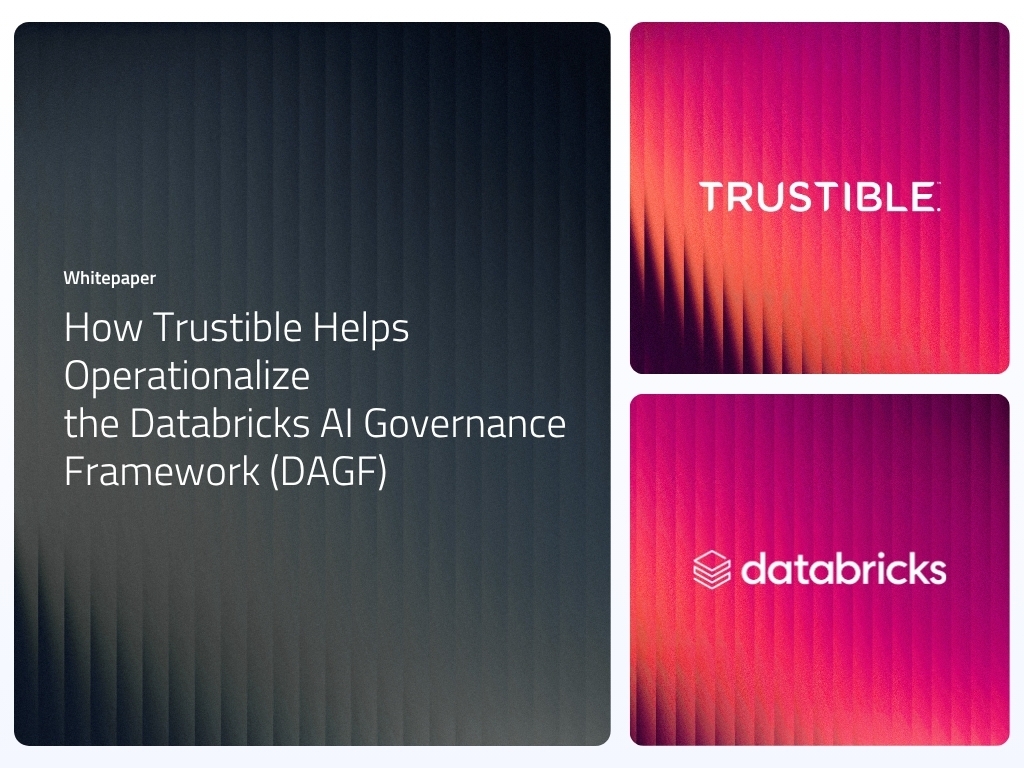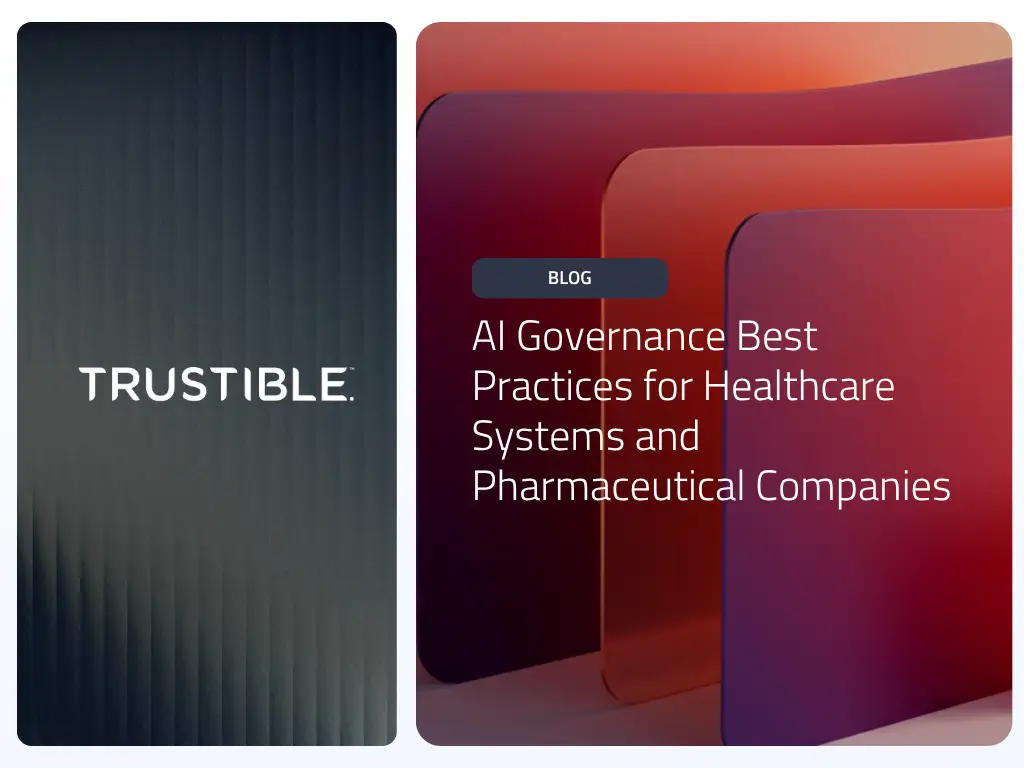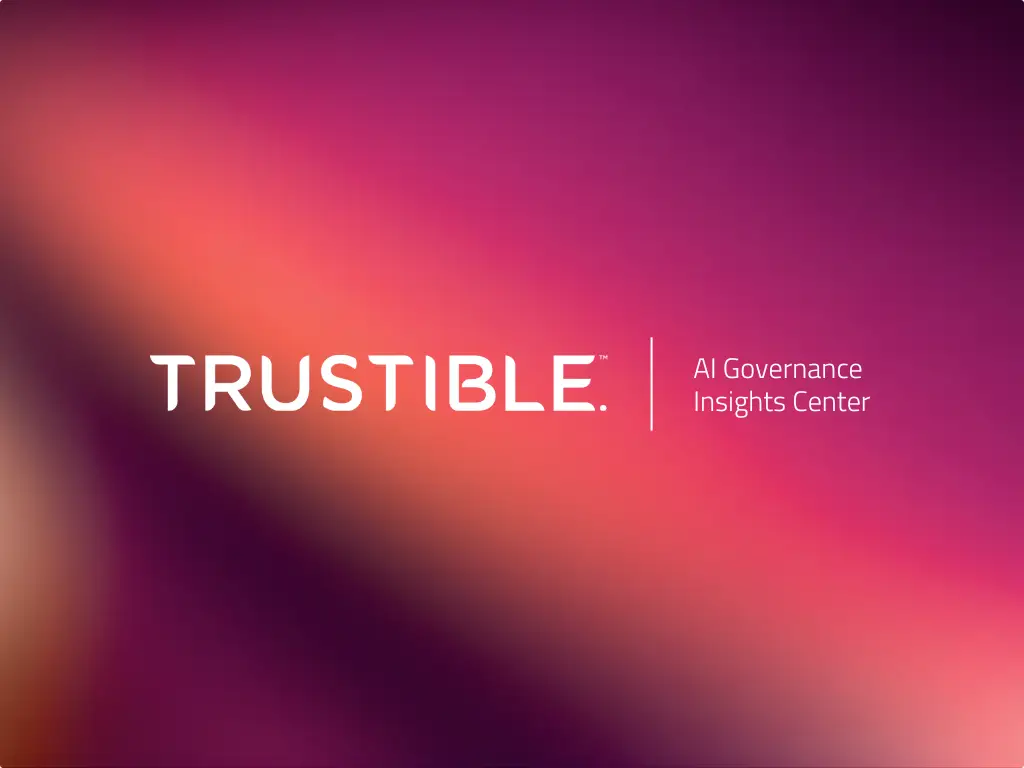Despite the explosive growth of AI, most enterprises remain unprepared to manage the very real risks that come with its adoption. While the opportunities are vast—from smarter products to more efficient operations—the path to realizing AI’s full potential is fraught with challenges around performance, cybersecurity, privacy, ethics, and legal compliance. Without a strong AI governance foundation, organizations risk stalled innovation, reputational harm, or regulatory breaches. In reality, AI governance is the key to accelerating adoption while delivering lasting, enterprise-wide value at scale.
Companies now face two big questions: how can we scale innovation responsibly while fully understanding and mitigating risks? And how do we ensure our AI is compliant with local, national, and international regulations?
To help answer these questions, our partner Databricks has introduced their AI Governance Framework (DAGF v1.0), a structured and practical approach to governing AI adoption across the enterprise.
This framework acknowledges what many organizations are already discovering: AI governance is not simply a technical exercise. It’s about aligning people, processes, policies, and platforms to ensure that AI systems are trustworthy, compliant, and scalable.
Trustible is proud to serve as the official Implementation Partner of the Databricks AI Governance Framework and key contributor alongside leading organizations such as Capital One, Meta, Netflix, Grammarly, and others. DAGF offers a practical, flexible framework designed to help enterprises embed AI governance into day-to-day operations, regardless of where they are in their AI maturity journey.
What is the Databricks AI Governance Framework (DAGF)?
The DAGF provides a holistic approach to navigate AI governance complexity, meeting enterprises where they are today to help balance the incredible potential of AI with the reality of regulatory and reputational risks.
It organizes AI governance into five pillars:
- AI Organizations – Structuring governance roles, responsibilities, and processes.
- Legal & Regulatory Compliance – Aligning with global and regional laws.
- Ethics, Transparency & Interpretability – Embedding ethical practices and ensuring stakeholder visibility.
- Data, AIOps & Infrastructure – Managing data and technical operations to support governance.
- AI Security – Addressing security risks across the AI lifecycle, from training data to end users.
How Trustible Helps Operationalize DAGF
While Databricks delivers a rich set of technical capabilities through Mosaic AI, Unity Catalog, and MLFlow, operationalizing governance requires tools and expertise that extend beyond engineering teams.
That’s where Trustible comes in. By providing a platform that integrates governance activities across legal, compliance, risk, and business teams, our capabilities align directly to the framework’s pillars. Here’s how:
1. Building a Comprehensive AI Inventory
It’s hard to govern what you can’t see. Trustible helps organizations create a single, living source of truth for all AI systems: cataloging use cases, models, and third-party vendors.
By integrating with existing ModelOps tools and cloud platforms (including Databricks), Trustible ensures organizations maintain a live inventory that supports governance workflows and regulatory reporting.
2. Automating Risk Assessment and Mitigation
AI systems introduce multi-dimensional risks: technical, operational, legal, and ethical. Trustible provides taxonomies of risks and recommended mitigation strategies, making it easier for organizations by:
- Providing detailed risk taxonomies with tailored mitigation strategies.
- Offering guidance on aligning with global standards like the NIST AI RMF, ISO 42001, and EU AI Act, among others.
- Helping organizations stay ahead of emerging risks with ongoing monitoring.
3. Enabling Organizational Workflows
Many organizations struggle to answer a simple question: Who does what?
Trustible provides out-of-the-box workflows for key governance activities—like intake workflows for triaging new AI projects, conducting risk & impact assessments, and preparing for audits. These workflows reduce confusion and ensure governance doesn’t become a bottleneck.
4. Aligning Policies and Regulatory Frameworks
As global AI regulations rapidly evolve worldwide, organizations face mounting compliance obligations, no small feat to keep track of. Trustible helps by:
- Offering policy templates crafted by AI legal experts.
- Mapping regulatory requirements to a standardized control set.
- Continuously updating guidance as new laws and standards emerge.
Combined with Databricks’ integrations, organizations can ensure their governance and compliance efforts are consistent, backed by human expertise, and are auditable.
5. Insights and Continuous Monitoring
AI governance is dynamic. Trustible’s AI Insights team analyzes new industry & academic research, regulatory guidance, and emerging best practices to provide actionable intelligence to governance teams on how to govern their AI systems.
Combined with our dashboards and reporting tools, organizations can track KPIs, monitor compliance status, and surface insights for better, faster, data-driven decision-making.
The Path Forward: Adopting DAGF Through the Trustible Platform
The Databricks AI Governance Framework marks a pivotal step in helping organizations balance innovation with responsible deployments. But success depends on operationalizing them effectively across people, processes, and technology.
Trustible is proud to partner with Databricks to bring the DAGF vision to life.
Starting today, Trustible customers will be able to align their AI governance efforts directly to the framework through a dedicated DAGF module within the Trustible platform to help embed AI governance into the fabric of your AI strategy so you can build, deploy, procure, and scale with confidence.
Download our White Paper
Looking to learn more? Download our white paper where we provide an in-depth overview of how Trustible supports the implementation of all 5 pillars of the DAGF.



